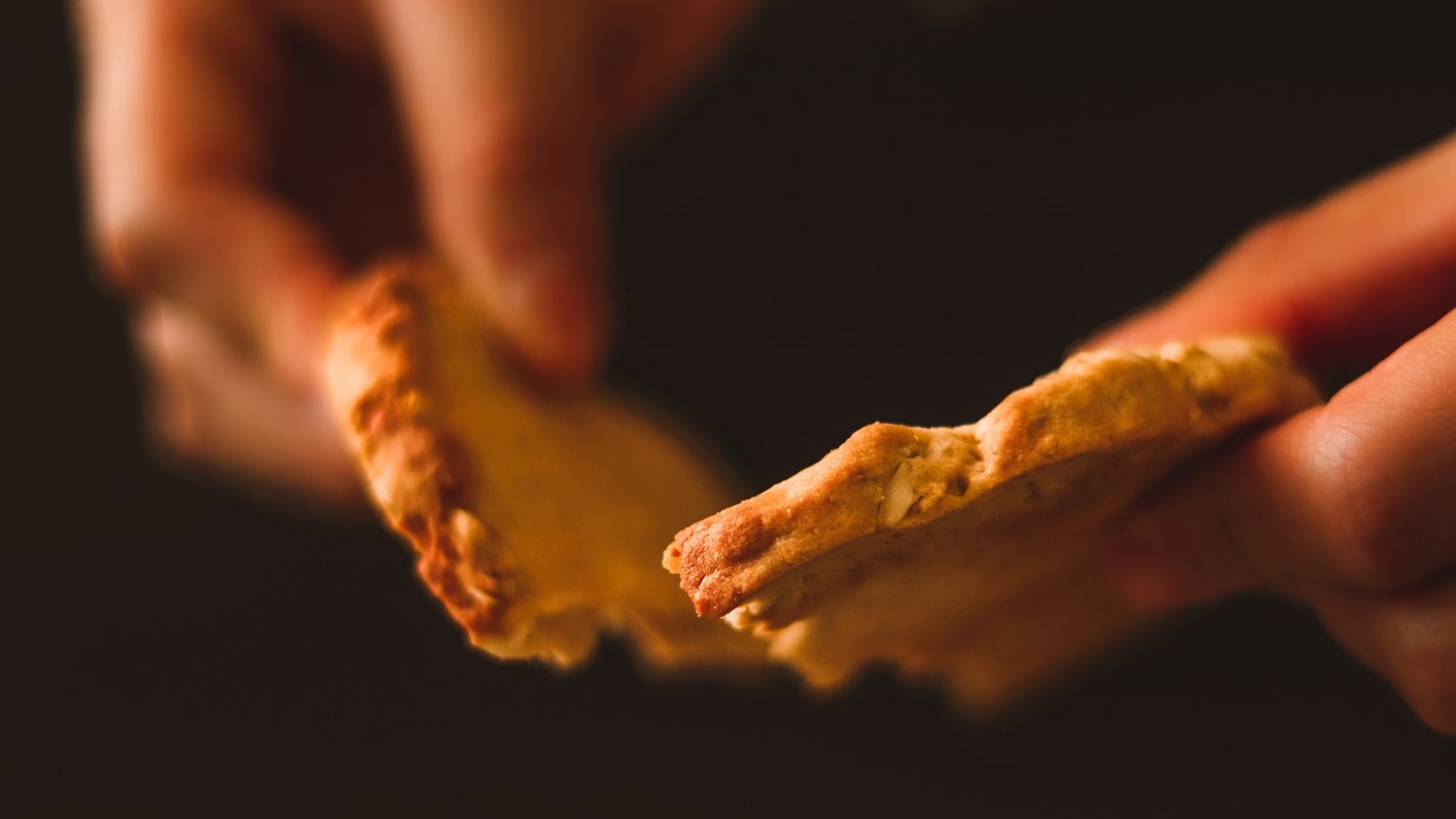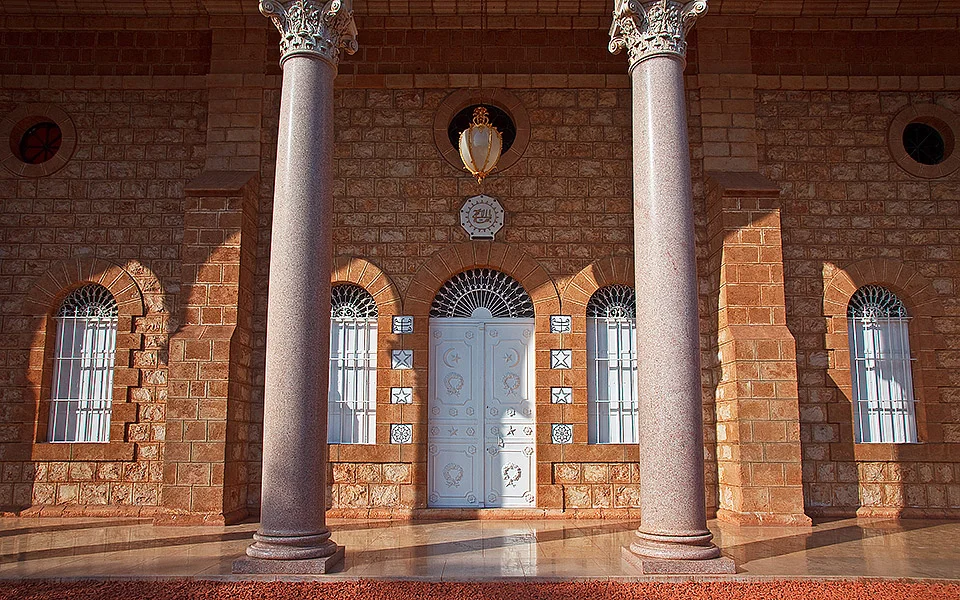Born in 1819, the Báb was a prophetic figure who revitalised religious teachings, calling for spiritual and moral renewal including improving the status of women and the situation of the poor. The Báb’s mission was to prepare the way for Bahá’u’lláh.
All in Writings and Guidance
The Báb’s social and ethical teachings
An extract from Bahá’u’lláh and the New Era in English and te reo Māori.
The Báb instituted the Nineteen Day Feast
The Báb called upon His followers to gather together once every nineteen days to show hospitality and fellowship.
E Te Uri O Te Puehu!
In support of Te Wiki o Te Reo Māori - Māori Language Week, we share this Hidden Word (#39 from the Persian) from Ko Ngā Kupu Huna a Bahá’u’lláh.
Martyrdom of the Báb
The Báb’s message aroused hope and excitement among people from every walk of life. Although a number of prominent Muslim clerics accepted the Báb, many others felt insecure and threatened by His growing influence and feared their entrenched positions of privilege and authority would be threatened by the empowerment of the people. They denounced the Báb’s teachings as heretical and set out to destroy Him and His followers.
Ascension of Bahá’u’lláh
Bahá’u’lláh passed away on 29 May, 1892. He designated ‘Abdu’l-Bahá as His successor and Head of the Bahá’í Faith. This choice of a successor is a central provision of what is known as the “Covenant of Bahá’u’lláh,” enabling the Bahá’í community to remain united for all time.
Declaration of the Báb
On a spring evening in 1844, a conversation took place between two young men that heralded a new era for the human race.
Riḍván Festival: The Most Great Festival, The King of Festivals
The First day of Riḍván refers to Bahá’u’lláh’s arrival in a garden outside the city of Baghdád, subsequently referred to as the Garden of Riḍván. This event…in April 1863, signalized the commencement of the period during which Bahá’u’lláh declared His Mission to His companions.
Naw-Rúz 176 B.E.
Naw-Rúz is the first day of the new year. It coincides with the spring equinox in the Northern Hemisphere, which usually occurs on 21 March. Bahá’u’lláh explains that this feast day is to be celebrated on whatever day the sun passes into the constellation of Aries (i.e. the vernal equinox), even should this occur one minute before sunset. Hence Naw-Rúz could fall on 20, 21, or 22 March, depending on the time of the equinox (Notes from The Kitáb-i-Aqdas).
Ayyám-i-Há
Bahá’u’lláh enjoined upon His followers to devote these days (26 February to 1 March 2019, inclusive) to feasting, rejoicing and charity. In a letter written on Shoghi Effendi’s behalf it is explained that “the intercalary days are specially set aside for hospitality, the giving of gifts, etc.”
Extract from a Tablet of ‘Abdu’l-Bahá
O ye beloved friends of God and handmaids of the Merciful! Call ye to mind the blessed Name of our peerless Beloved, the Abhá Beauty, in an uplifting spirit of unbounded ecstasy and delight…
Tablet of the Báb addressed to Letters of the Living
Having sent forth Mullá ‘Alí on his mission, the Báb summoned to His presence the remaining Letters of the Living, and to each severally He gave a special command and appointed a special task and addressed to them these parting words.












